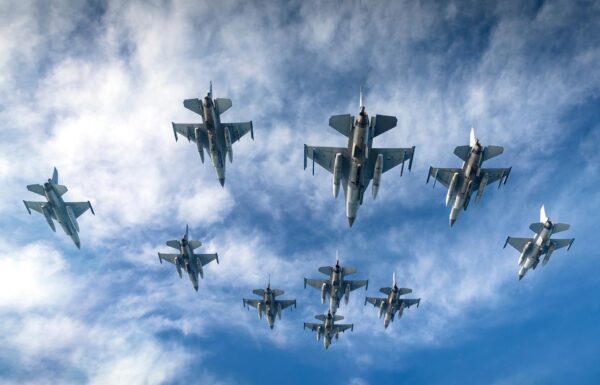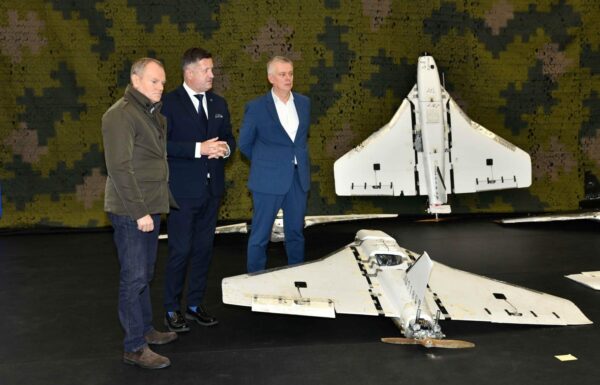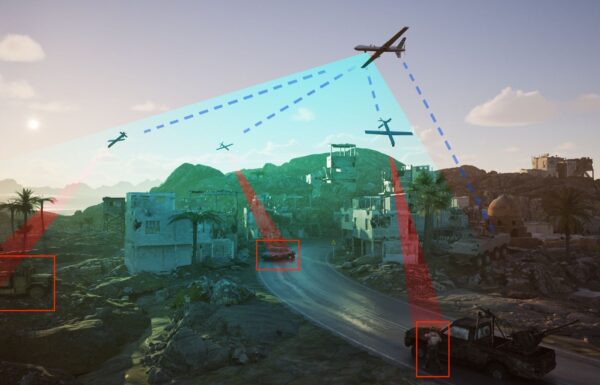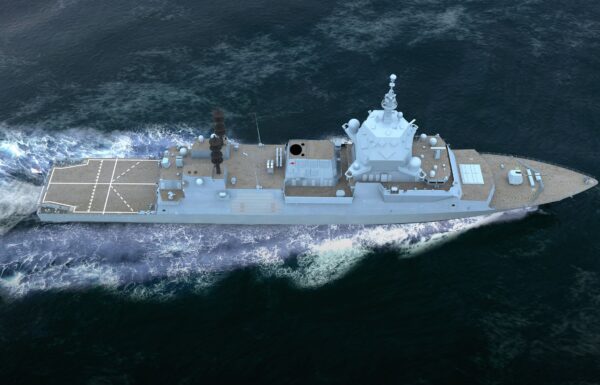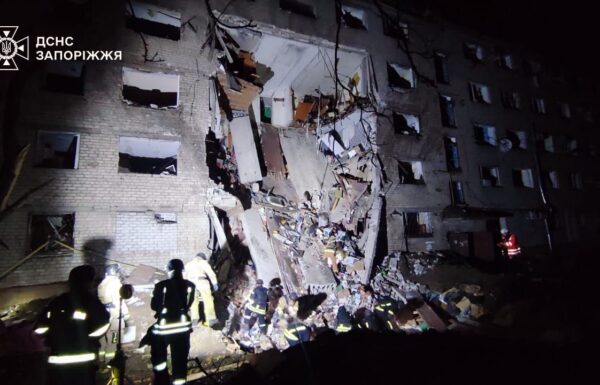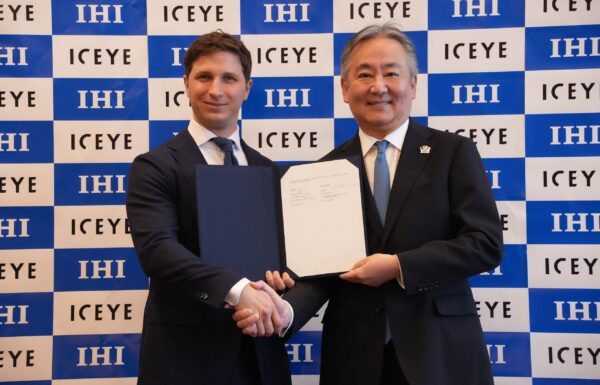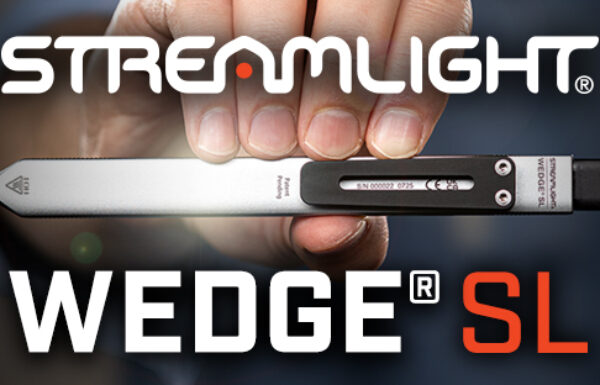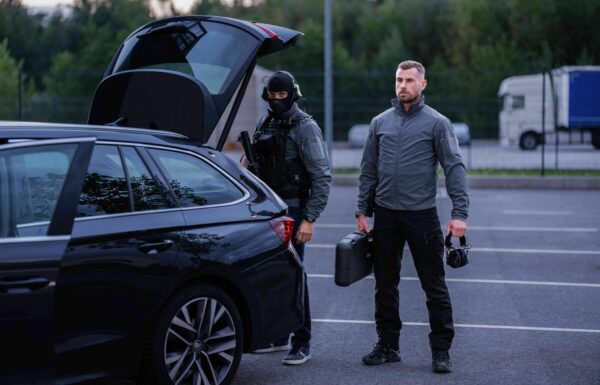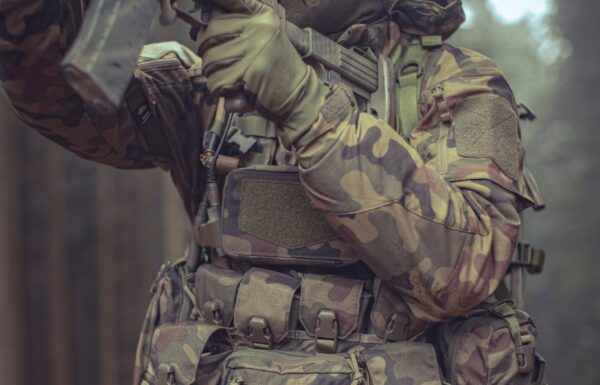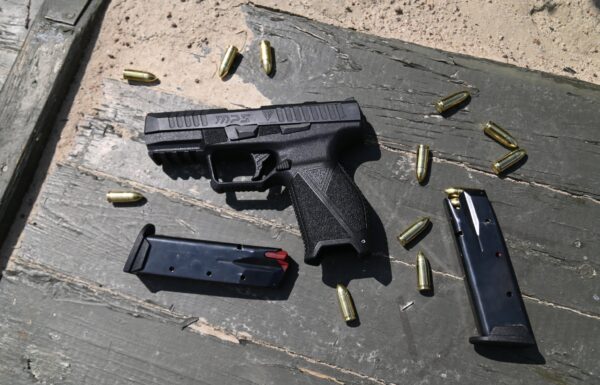At this year’s International Defence Industry Exhibition in Kielce, Huta Stalowa Wola will present two new products. The first is a Remote-Controlled Weapon Station (Zdalnie Sterowany Moduł Uzbrojenia). The second is the debut of a new proposal for the Polish Armed Forces, the concept of a Polish Heavy Infantry Fighting Vehicle (HIFV), which will be showcased at the PGZ stand in the form of a 1:4 scale model. The Heavy Infantry Fighting Vehicle is currently the most anticipated tracked combat vehicle for the Polish Armed Forces. The Armed Forces have not yet acquired a modern heavy IFV and continue to operate small numbers of the older BWP-1, while awaiting the introduction of the amphibious Borsuk IFV into mechanized units.
The Heavy Infantry Fighting Vehicle (HIFV) project is being carried out under the supervision of the Polish Armaments Group. At Huta Stalowa Wola, the design process for the key component—the HIFV chassis—is currently underway. HSW will present its proposal for the HIFV, drawing on experience from the NBPWP Borsuk program and the Polish adaptation of the chassis for the AHS Krab.
The PGZ proposal developed by HSW is a modern tracked combat platform designed for operations on the contemporary battlefield. The primary mission of the Heavy IFV (HIFV) is to transport and protect infantry squads and provide them with fire support under conditions of high-intensity threat. The vehicle boasts high tactical mobility, thanks to its tracked chassis, which enables it to maneuver effectively in challenging terrain. Its design provides advanced ballistic and mine protection in accordance with STANAG standards, allowing it to operate effectively in areas with a high concentration of enemy firepower. The interior of the vehicle has been designed with crew and troop safety and comfort in mind, accommodating a commander, driver, and 6–8 fully equipped soldiers. The HIFV’s primary armament is the ZSSW-30 remote-controlled turret, fitted with a 30/40 mm cannon and an integrated SPIKE ATGM launcher. The turret system features advanced optoelectronic and targeting systems, enabling effective fire in all conditions. Optionally, it can be fitted with an Active Protection System (APS), enhancing survivability on the modern battlefield by countering threats from anti-tank missiles and drones. The vehicle is equipped with laser warning receivers (e.g., OBRA-3), a CBRN protection system, and a filtering-ventilation unit. The Heavy IFV is a comprehensive combat system, ready to operate in the conditions of modern warfare, defined by speed, high precision, and elevated threat levels (Heavy Infantry Fighting Vehicles for the Polish Armed Forces).
The 30/40 mm Remote-Controlled Weapon Station is a turret system characterized by a modular design and low weight, under 1,500 kg. It features dual-axis weapon stabilization, an independent stabilized HD-quality operator sight, as well as Hunter-Killer and Killer-Killer modes. The system is equipped with automatic target tracking and other solutions known from the ZSSW-30. Its navigation suite, with an integrated satellite navigation receiver and cryptographic module, offers high accuracy and reliability. The RCWS is also equipped with an anti-drone system for both active and passive detection, as well as non-kinetic neutralization, integrated with existing reconnaissance assets and the turret’s weapon system. Additional armament includes a dedicated 7.62 mm machine gun and a SPIKE ATGM launcher. The system ensures a high level of crew protection. HSW will showcase the module integrated with the 4×4 Waran Tactical Multi-Purpose Vehicle.
The exhibition will also feature the latest product, the first entirely Polish amphibious IFV Borsuk. This year marks the debut of the first serial-production Borsuk, with deliveries to mechanized brigades scheduled to begin this year (First serial-production Borsuks contracted).
Another highlight at MSPO will be the first serial-production example of the Baobab-K Remote Minelaying Vehicle. The Baobab enables the deployment of minefields of varying sizes, densities, and self-destruction times. The minefield laying process is automated and carried out from the control station.
Heron, the Next-Generation Tactical Multi-Purpose Vehicle, is another proposal from HSW for the Polish Armed Forces. The Heron is a fully armored 6×6 vehicle, designed as a mobile command post, among other applications, for rocket artillery units. Intended to operate alongside WR-40 Langusta, Homar-A, and Homar-K launchers, it ensures continuous communications and battalion-level command and control. One of its key systems is the Jaśmin BMS – an integrated ICT package with tactical terminals, intercom, and command support software. The vehicle can be fitted with the C-OBRA self-protection system (integrated with ROSY launchers), a fire suppression system, and a filtering-ventilation unit. It features independent suspension, adjustable ground clearance, and steering on both the first and third axles, which increases maneuverability. Heron combines on-the-move operational capability with high ballistic protection. Developed by Huta Stalowa Wola in cooperation with Polish and international partners, it represents a modern command tool for the contemporary battlefield (MSPO 2024: Kielce premiere of the Heron 6×6 command vehicle).
HSW will also present the Santrailer-3 trailer, developed by HSW Autosan in Sanok. This three-axle off-road drawbar trailer is designed to transport 20-foot type 1C containers with a total weight not exceeding 10 tons. The Santrailer-3 can ford up to 1,000 mm in depth and cross ditches up to 600 mm wide.
Another offering from HSW Autosan is the KW1C container. Thanks to its integration with various transport systems, the container can serve as an independent workshop supporting ongoing repairs and maintenance of military equipment, even under the most demanding field conditions. Features such as a self-leveling hydraulic lifting system, two independent lighting systems, an advanced alarm system, and a modular technical compartment with extendable drawers ensure maximum functionality and user safety.
The KW1C container exemplifies an innovative approach to the needs of modern armed forces, enabling efficient maintenance of operational readiness in a wide range of climatic conditions.
Press release


